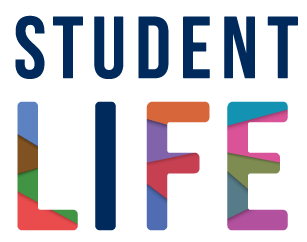You are probably familiar with how a multiple-choice test works. There are many questions or statements, each with a set of four or five options, and you are asked to select the best answer from the options.
Here are a few ideas to help you with multiple-choice tests at the university level:
- Remember that a multiple-choice exam is a points grab in a limited amount of time: if you don’t know the answer to a question, make a note to come back to it later and move on.
- Think of your best answer before looking at the options provided. If you don’t see it, start eliminating wrong answers to improve your odds.
- Compare the options to one another, and think about what differentiates them. Try to understand the professor’s logic in creating the question.
- Save time to review and correct your work. It’s a myth that people always change their right answers to the wrong ones: they only notice those changes when they look at their results. If you have a good reason for changing your response, do so!
Helpful documents
- Exam Tips (PDF)
- Take-Home and Online Exams (PDF)
Other U of T resources
Aid centres
A full list of aid centres is available on Find academic resources.
Peer support
Old exams
-

Associated Services
CLSS Peer Mentor Appointments
Book a one-on-one appointment with a peer mentor or chat with a mentor online to get fast support and guidance. Learn more about CLSS Peer Mentor AppointmentsCLSS resource library
Explore our handouts and tip sheets on academic skills. Learn more about CLSS resource library




